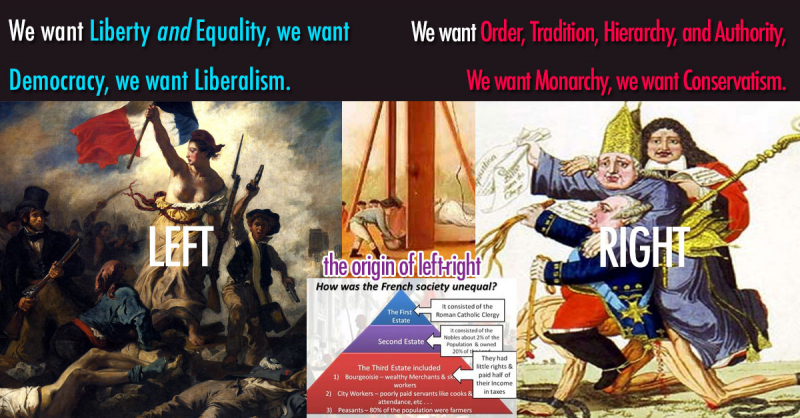Left Vs. Right Wing
Left-wing values include equality, freedom, rights, progress, and reform, whereas right-wing values include duty, hierarchy, authority, order, tradition, and nationalism. This is the basic distinction between left- and right-wing ideologies.
Political extremists on the right and left include each other. The origins of these two ideas can be found in the French Revolution, namely in the seating arrangement in the French Estates General in 1789. The majority of the members who were seated on the left favored the French Revolution and the establishment of a democratic republic, while those seated on the right were in favor of the established institutions.
Given that there is nothing inherently political or ideological about directions, using the terms left and right to denote political leaning seems arbitrary. Even yet, people still position beliefs that are conservative and regressive on the right side of the political spectrum and those that call for change or progressive reform on the left.
The left and right wings derive from the French Empire, much like many other terms used in modern politics, such as the "Fourth Estate." They specifically allude to the sitting arrangement of the revolutionary National Assembly that was created in 1789. On the right were the royalists and followers of King Louis XVI, who would die by the guillotine in January 1793. Radicals of all stripes, from the Jacobins to the more moderate Girondins to the more conservative Dantonists, embraced the left.












